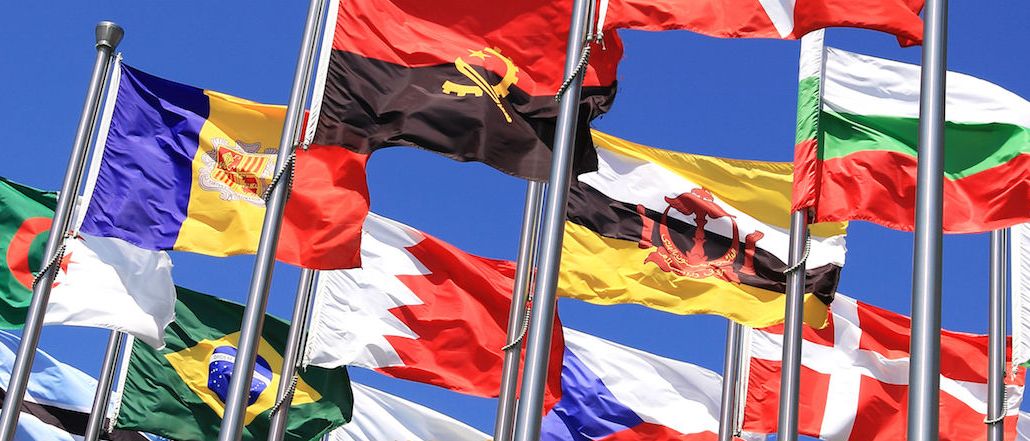Save 50% on a 3-month Digiday+ membership. Ends Dec 5.

by John Snyder, Grapeshot CEO
As the programmatic media wave sweeps the world, it’s clear that multinational marketers are pursuing an aggressive global agenda. What’s surprising, to me, is how disjointed most of these efforts are.
It stands to reason that our industry should be working together to standardize programmatic media best practices across the world, particularly around inventory quality. The analysis of how advertising works should be consistent from one market to the next. Global brands get nervous when they enter unfamiliar markets. The more we can do to reassure partners about the quality of inventory by supplying proof that a real person has had the opportunity to have a relevant, engaging branded experience, the more likely they will be to embrace the opportunity.
Last year, in these pages, I advocated for the notion of the perfect impression in the context of the U.S. and U.K. markets. This idea was predicated on ensuring a consistent standard, one that fused editorial hyper-relevance with exciting creative messaging, and metrics that emphasized engagement. It is now time that we, as an industry, push that notion overseas into developing markets.
It’s certainly true that cultural, religious and regulatory differences impact how global marketers approach particular markets. It’s also true that media consumption patterns vary widely. People may read left to right, or vice versa, but the way people respond to messages is essentially the same. Emotional resonance is the unifying thing! Thus metrics should also be constant across the world.
Whether you are Mars selling Snickers candy bars, or Nike telling people to ‘Just Do It’, it’s ultimately about engagement. Whether you are speaking to Americans, Europeans, Asians, or Africans this simple truth holds. Chocolate may vary in terms of ingredient composition from region to region, due to climate and socio-cultural factors, but if it’s effectively articulated, the soul of the brand should resonate in every corner of the world.
Both in the U.S. and the U.K. our industry has faced serious challenges to inventory quality, evidenced both by the rise of fraud and ongoing viewability issues. A recent study found that as much as 17 percent of display advertising in the U.S. is being served to bots. Outside of the U.S. and the U.K., the proliferation of dodgy inventory is even higher. These markets not only face familiar challenges like bots, non-human traffic and unviewable ads, they also hold unique endemic obstacles.
For example, Indonesia has the highest middle class consumer growth rate in the Asia-Pacific region, with Nielsen estimating that the consumer middle class will grow to 52 percent of the total population by 2020. Naturally, this makes it very attractive to global brands. Culturally, however,business is conducted under a different set of values which can be bewildering to outsiders.
These sort of cultural disconnects can lead to problems, particularly in an industry like ours, with a wild west mentality that often focuses on profit over quality. Miscommunication can easily have an adverse impact on ad inventory, so firms addressing this market will need to go beyond normal efforts to ensure similar standards of quality. Above all the focus should be on highlighting the value of consistent, agreed upon benchmarks.
If we can generate a foundational standard of consistency, barriers to entry in terms of cost and skills will diminish gradually as learnings from one market are applied to the next. In this way, programmatic media will truly appeal to global brands as a means of minimizing risk by making their global marketing dollars work more cohesively. The quest for the perfect impression, where creative storytelling prompts a live human audience to genuinely engage with in-view ad impressions, is the quest for all advertisers, the world over.
More from Digiday

Overheard in the Media Agency Report: How Assembly, IPG, Horizon and others use AI and will spend on ads in 2026
In this is behind-the-scenes look at Digiday’s 2025 Media Agency Report, ad execs discuss how the GDP and international sports could impact 2026 spend and how agencies and their clients are actually applying AI tools.

Instacart tripled its smart cart store count this year
Instacart’s smart carts are in triple the number of stores this year than they were in 2024, the company told Modern Retail.

Future of Marketing Briefing: The tells and flops that will define Omnicom-IPG mega holdco
The real story will sit in how this newly fused entity behaves — whether it breaks from the patterns that defined both parents or simply scales them.





